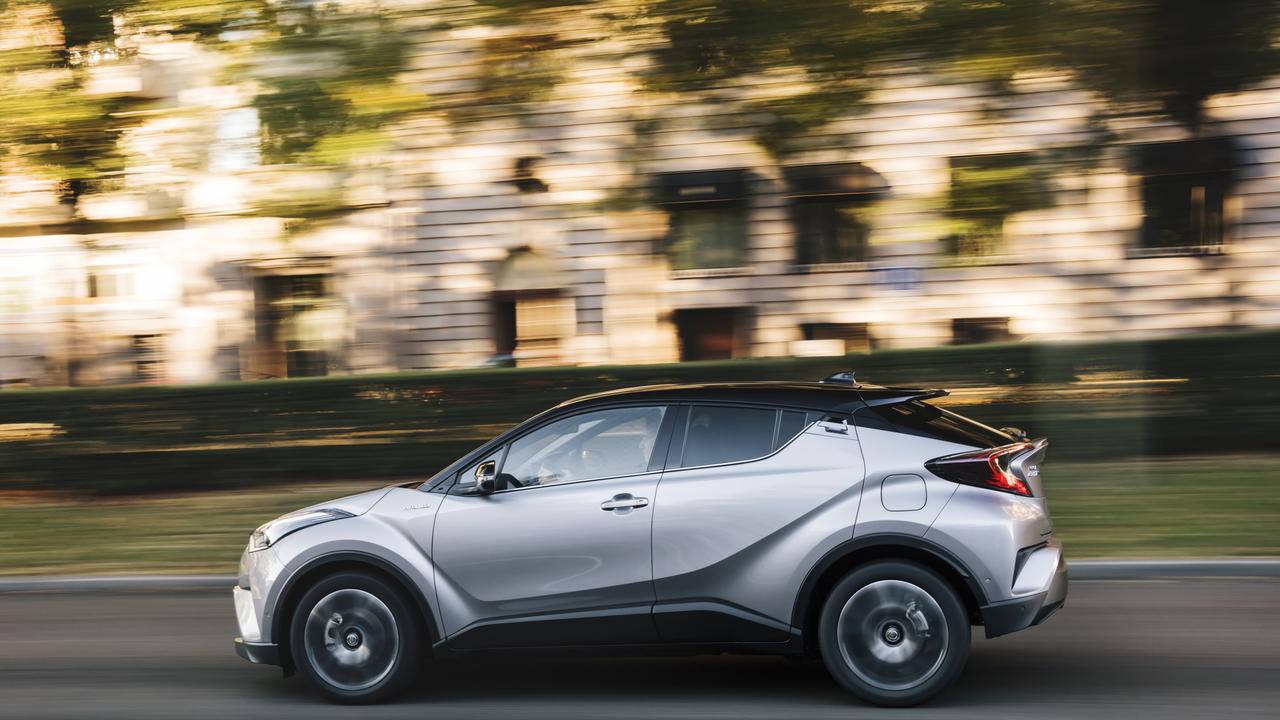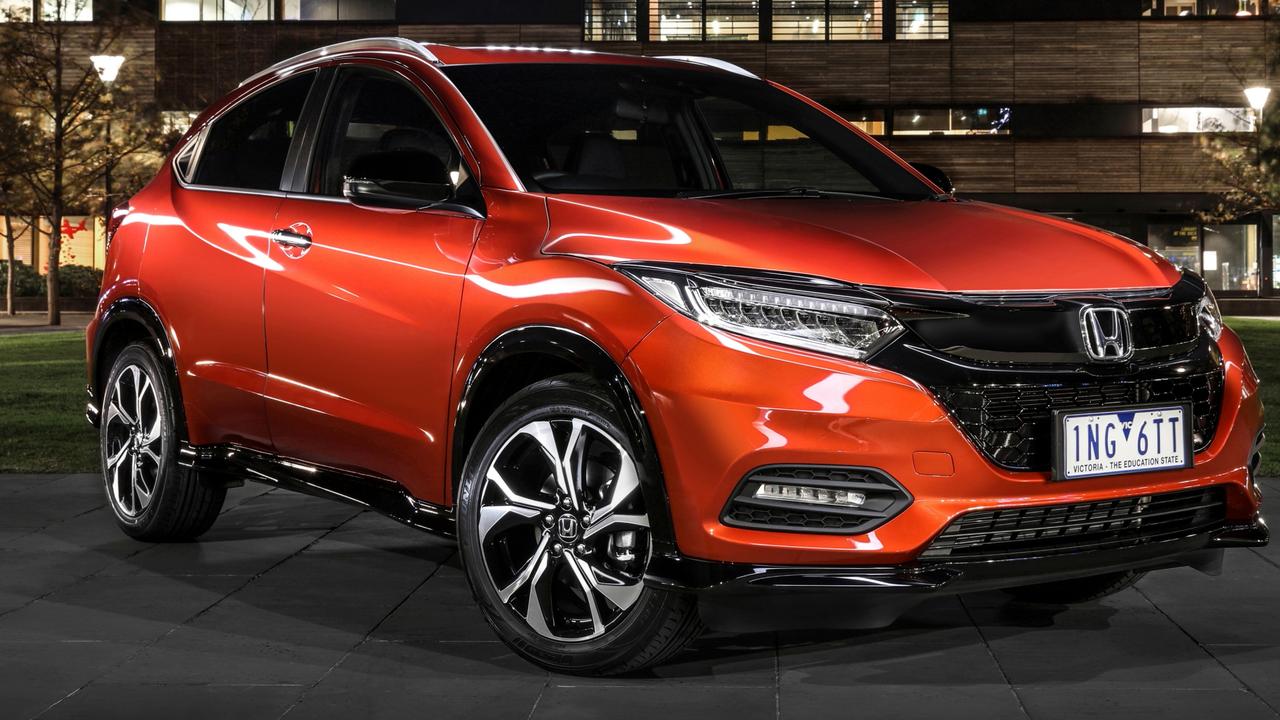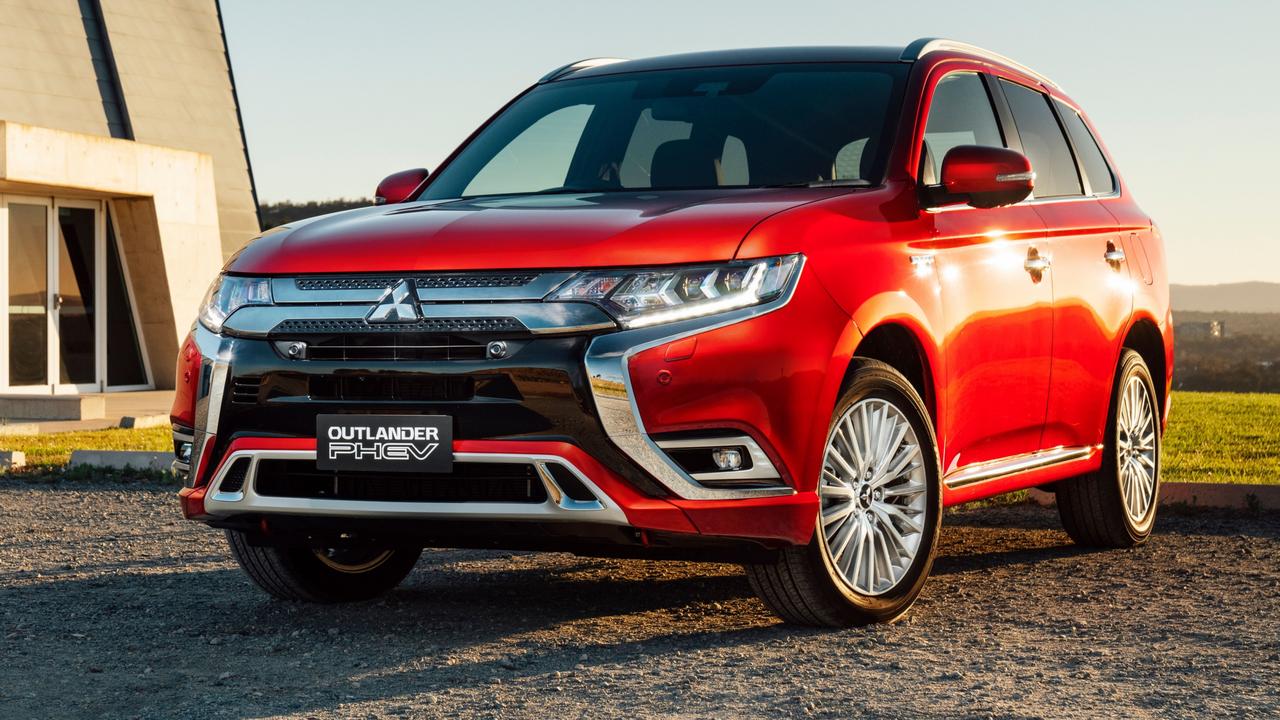Toyota C-HR review: A game changer
Australia’s dominant brand missed the boat on the latest automotive trend — but that’s about to change

THE new C-HR features the first petrol-burning turbo from Toyota in more than two decades — but this small SUV is nothing like the fire-breathing Celica GT-Four of the mid-1990s.
That was a car built for speed, where the C-HR’s mission is to make Toyota’s position at the top more comfortable than ever.
So far this year the brand tops the Australian new car sales chart with a 17.5 per cent share, miles ahead of closest rivals Mazda and Hyundai. It’s Toyota and then daylight, even though its line-up glaringly lacks a small SUV.
This will change in February, when the C-HR arrives to challenge the strongest sellers of the booming small SUV segment. This list includes the Honda HR-V, Mazda CX-3 and Nissan Qashqai, along with the older Mitsubishi ASX.
Toyota’s designers have come up with a shape that will not blend into the crowd.

The C-HR is swoopier and coupe-ier than the style standouts of the segment, the CX-3 and HR-V. With its wedgy waistline, bulging wheelarches and protruding tail-lights, it puts looks before load space.
What’s underneath the bonnet is radical, at least for Toyota. Despite oozing visual aggression, the C-HR doesn’t pack a knockout punch. Its engine may be a turbo but it’s a 1.2-litre four-cylinder.
This is Toyota adopting the same downsizing strategy as Europe’s big-time car makers, not reviving its high-powered hotties of yesteryear.
The C-HR’s main competitors use 1.8 or 2.0-litre non-turbo petrol engines.
Toyota will build the C-HR with a 2.0 four for the US and some markets in Eastern Europe but it won’t go into models headed for Australia. Nor will the 1.8-litre petrol-electric hybrid drivetrain, which the C-HR shares with the latest Prius, come our way. Finally, there’s no plan for a diesel.

Peak power of 85kW in the 1.2 is less than competitors but its 185Nm of torque is at least in the same ballpark as the opposition. The effect of turbo boost means it feels eager to please at low to middling revs, though it grows vocal nearing its low 5500rpm red-line.
Where the smooth little engine should excel is fuel economy. If its results in the standard European consumption test (on which Australia’s figures are based) are to be believed, the C-HR will be one of the most economical cars in its class.
Toyota Australia plans to sell its new small SUV in two grades. In the basic version, labelled simply C-HR, the 1.2 will be teamed with a six-speed manual or continuously variable transmission. The former will come only in front-wheel drive examples and the CVT will add the choice of all-wheel drive. The high-grade version will be badged C-HR Koba, a tribute to chief engineer Hiroyuki Koba, and will come only with AWD and CVT.

In each version, there is an outstanding array of standard hi-tech safety and driver-aid features. Highlights are autonomous emergency braking and active cruise control, which share the same forward-facing radar sensor. Also standard will be lane departure alert and automatic high-beam.
The active cruise control and lane departure alert both worked brilliantly on cut and thrust Spanish motorways during the C-HR’s international press launch on roads in and around Madrid.
There was time only to try a front-drive manual, which will be the least expensive in the Australian line-up. The engine had enough oomph to keep up with fast-moving motorway traffic, and the manual shifted with a sweet and easy action. With its low-rev muscle and flexibility, we suspect the 1.2 turbo will be a happy match with the CVT, which most Australians are sure to adopt.

The C-HR’s exterior style is sure to seem overdone to some but the interior isn’t likely to divide opinion in the same way. The cabin, especially the instrument panel, is classy, user-friendly and well made and seven airbags are fitted as standard.
The only disappointment is that Australia will not get the same big central tablet touchscreen as Europe. Ours will be 6.1-inch, not the 8.0-inch on the model tested.
The C-HR’s front seats are shapely and supportive and the driving position is pretty well perfect. The steering wheel is neatly designed and a pleasure to use, too.

Hefty rear pillars hinder the driver’s over-the-shoulder vision and also severely restrict vision from the rear seat. Passengers not prone to claustrophobia will find the rear seats surprisingly spacious and comfortable.
The rear windows go all the way down, there are bottle holders in the rear armrests but there are few other amenities back there; no air vents, no 12V plug or USB charger.
The downward taper of the C-HR’s tail also means its 377L cargo capacity is less than rivals such as the more practical looking and similarly sized Nissan Qashqai.
The C-HR is only the second car, after the latest Prius, to be based on the Toyota New Global Architecture.
It benefits from the latest advances in the company’s engineering expertise to deliver a stronger, safer shell and a lower centre of gravity.

As with the new Prius, you can feel the improvements. The C-HR has a shorter wheelbase and a slightly modified rear suspension design but it shares the Prius’s smooth-riding and confident-cornering driving character — it’s better, in other words, than the average Toyota.
Toyota Australia will import the C-HR from a factory in Japan. Pricing negotiations are under way.
If the least expensive front-drive manual C-HR wears a sticker for about $25,000, and the costs of adding CVT, AWD and the richer Koba equipment grade are reasonable, this small SUV will surely add a touch of turbo boost to Toyota’s sales rate in Australia.
AT A GLANCE
PRICE From $25,000 (est)
WARRANTY 3 years/100,000km
SAFETY Not yet rated
ENGINE 1.2-litre 4-cyl turbo, 85kW/185Nm
TRANSMISSION 6-speed man, CVT; FWD/AWD
THIRST From 6.0L/100km
DIMENSIONS 4360mm (L), 1795mm (W), 1565mm (H), 2640mm (WB)
WEIGHT 1425kg
SPARE Space-saver
0-100KM/H 10.9 secs



